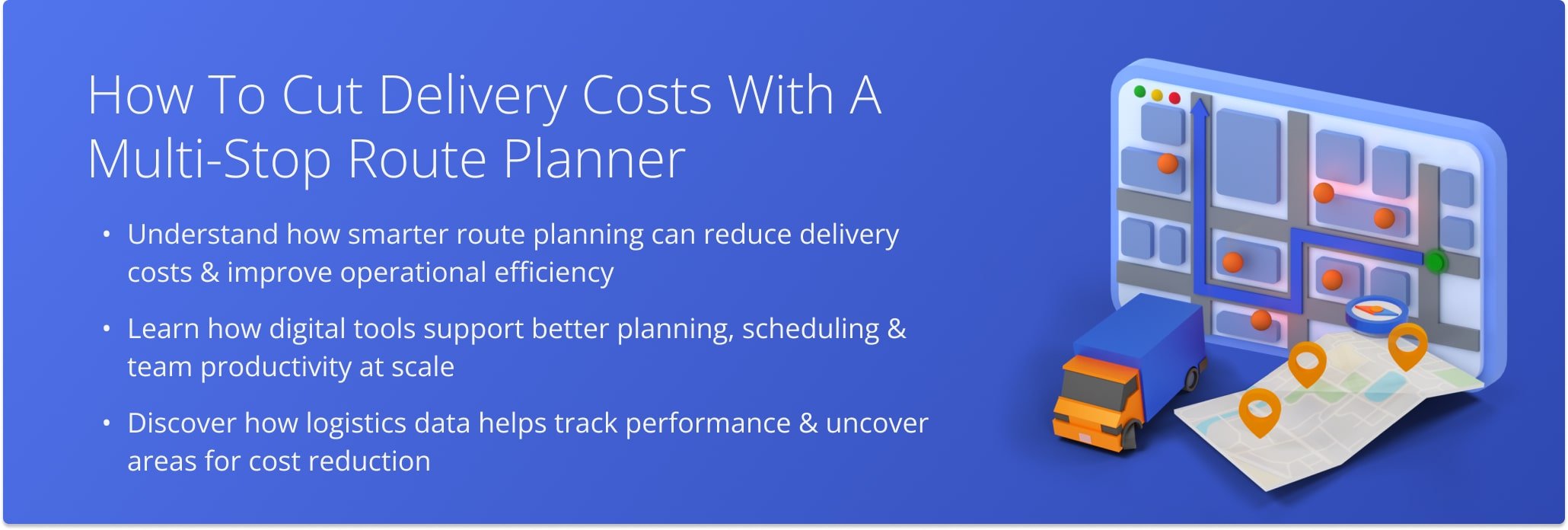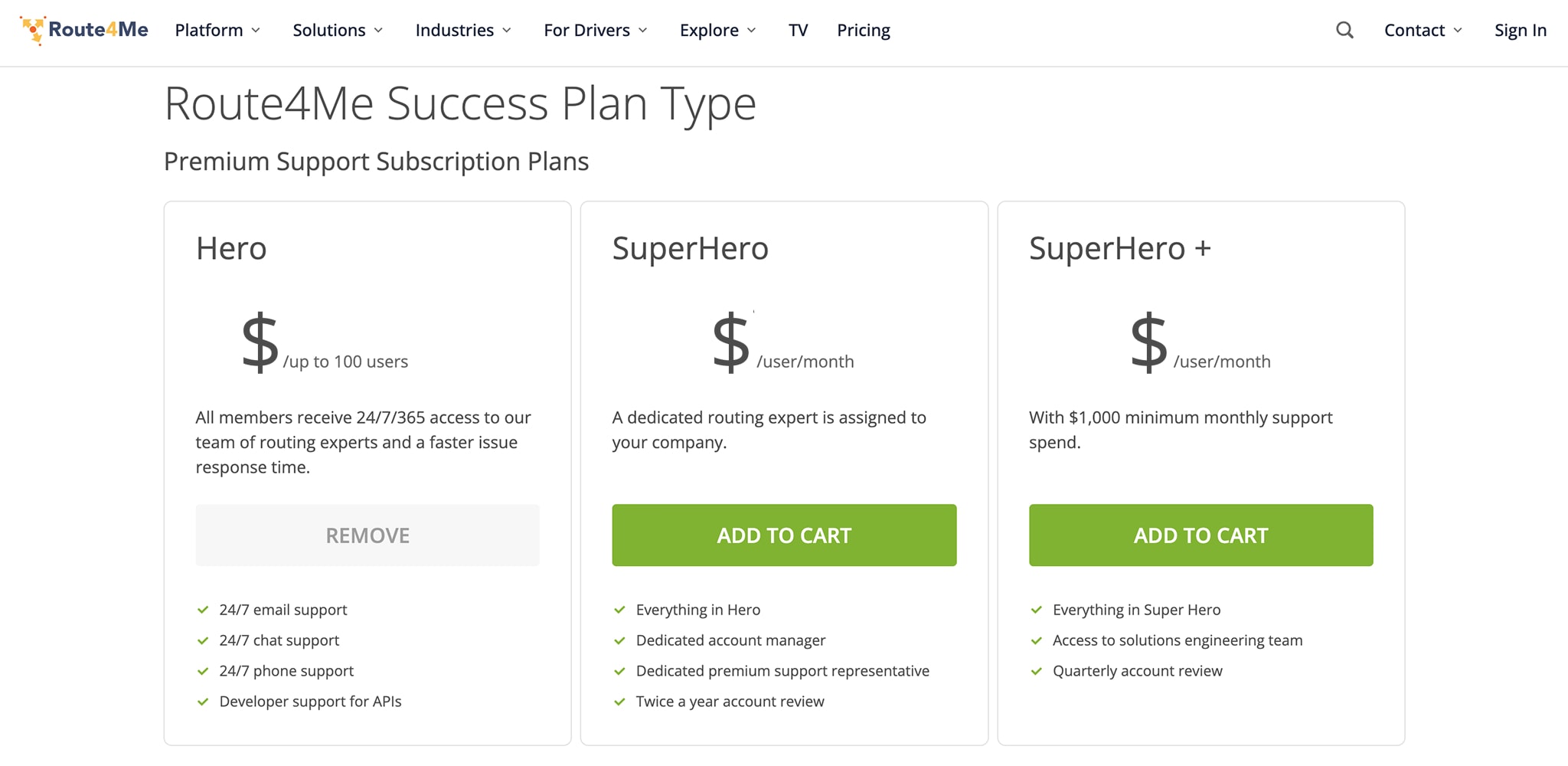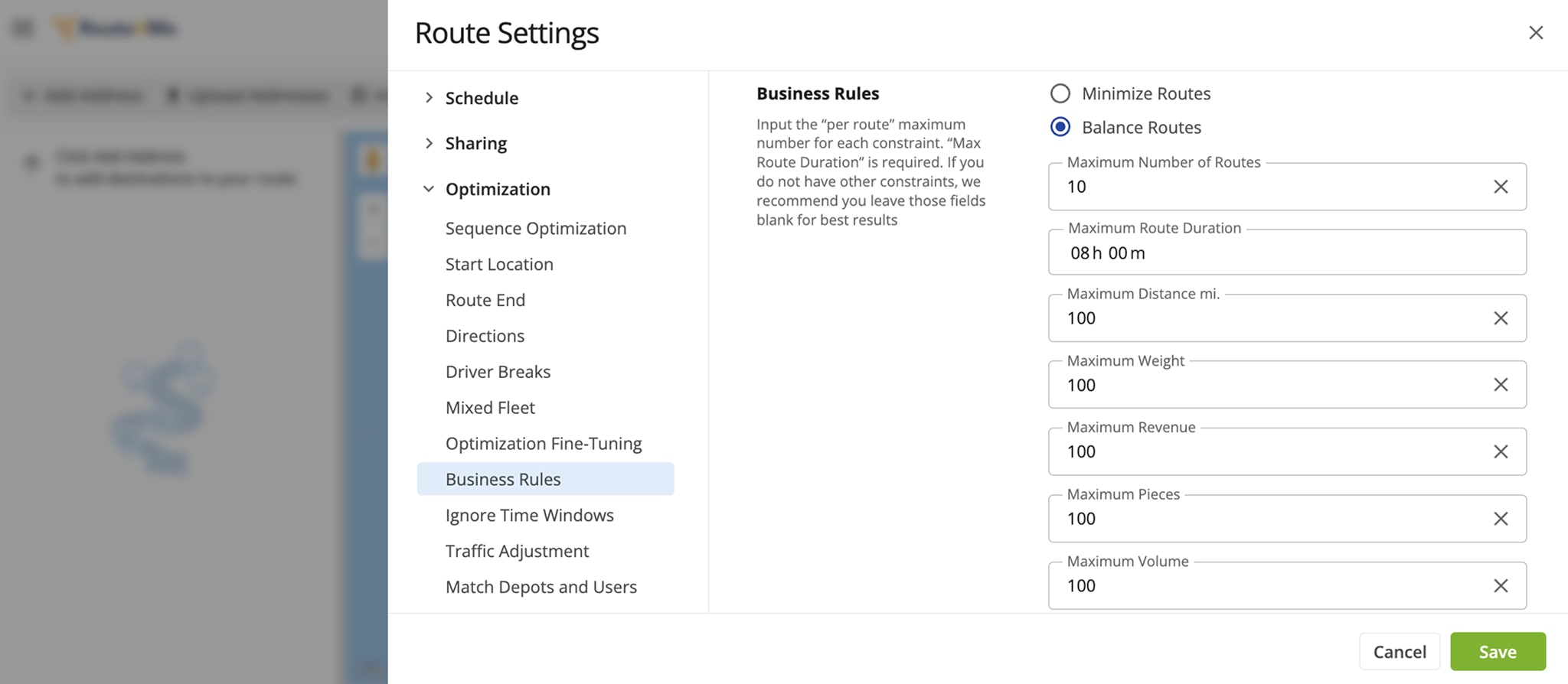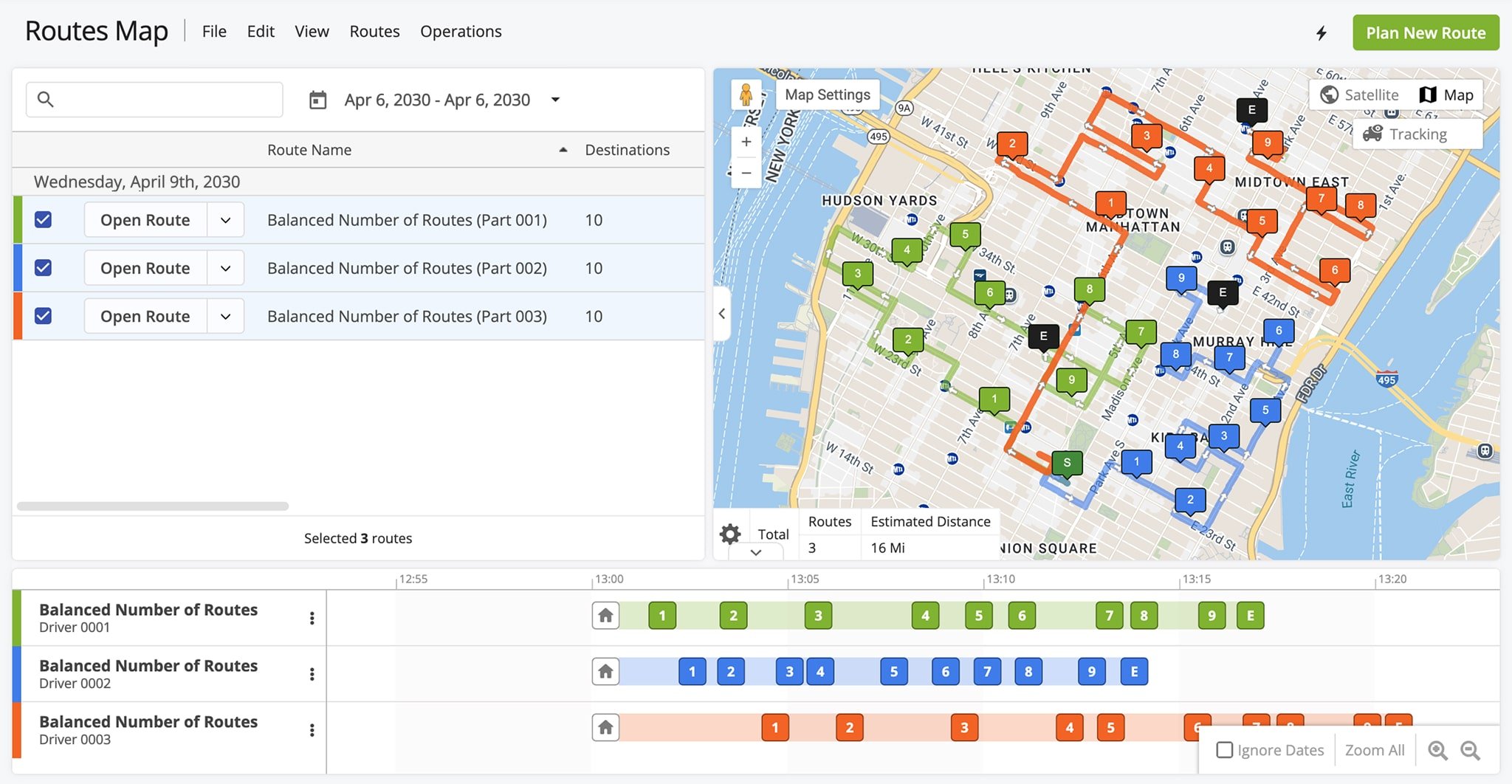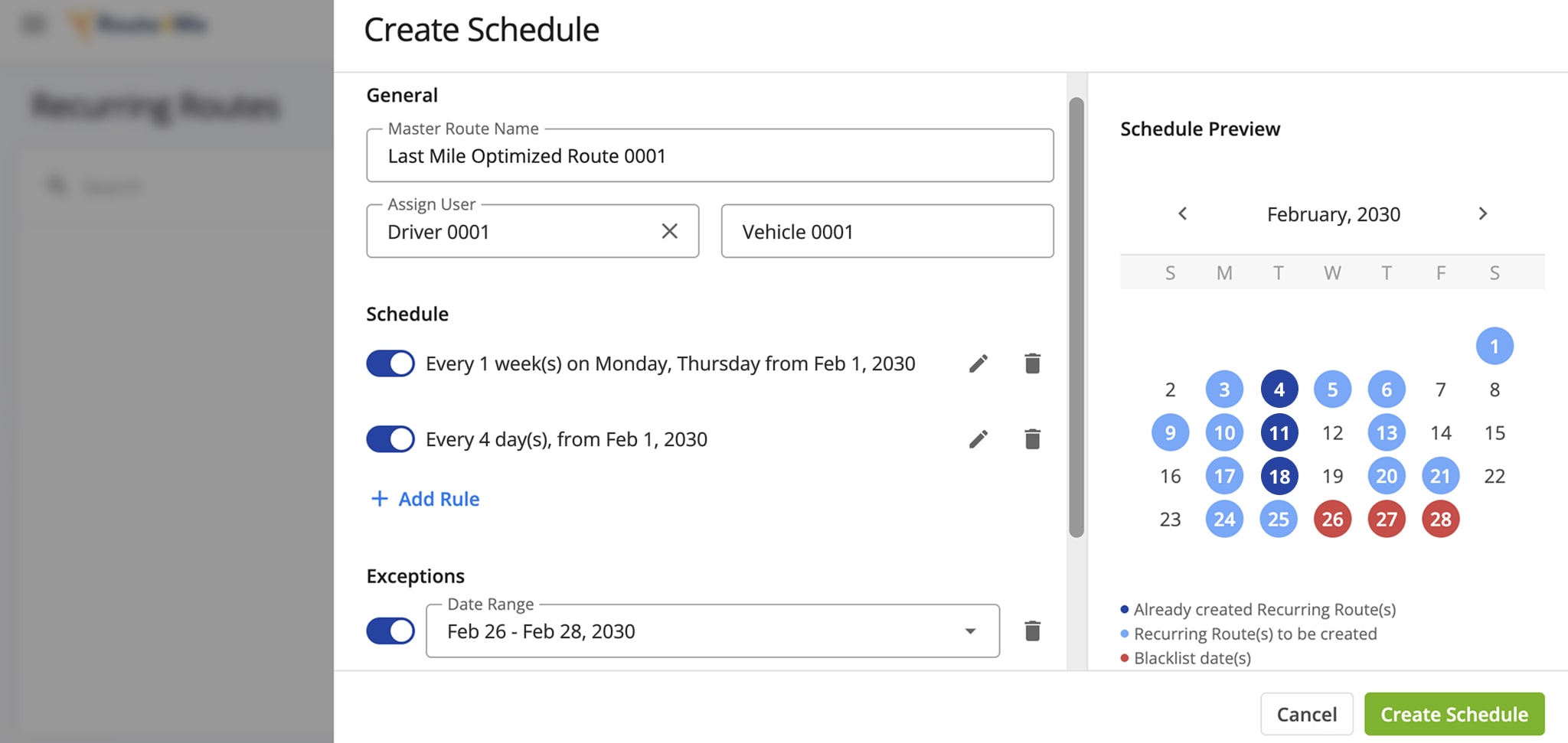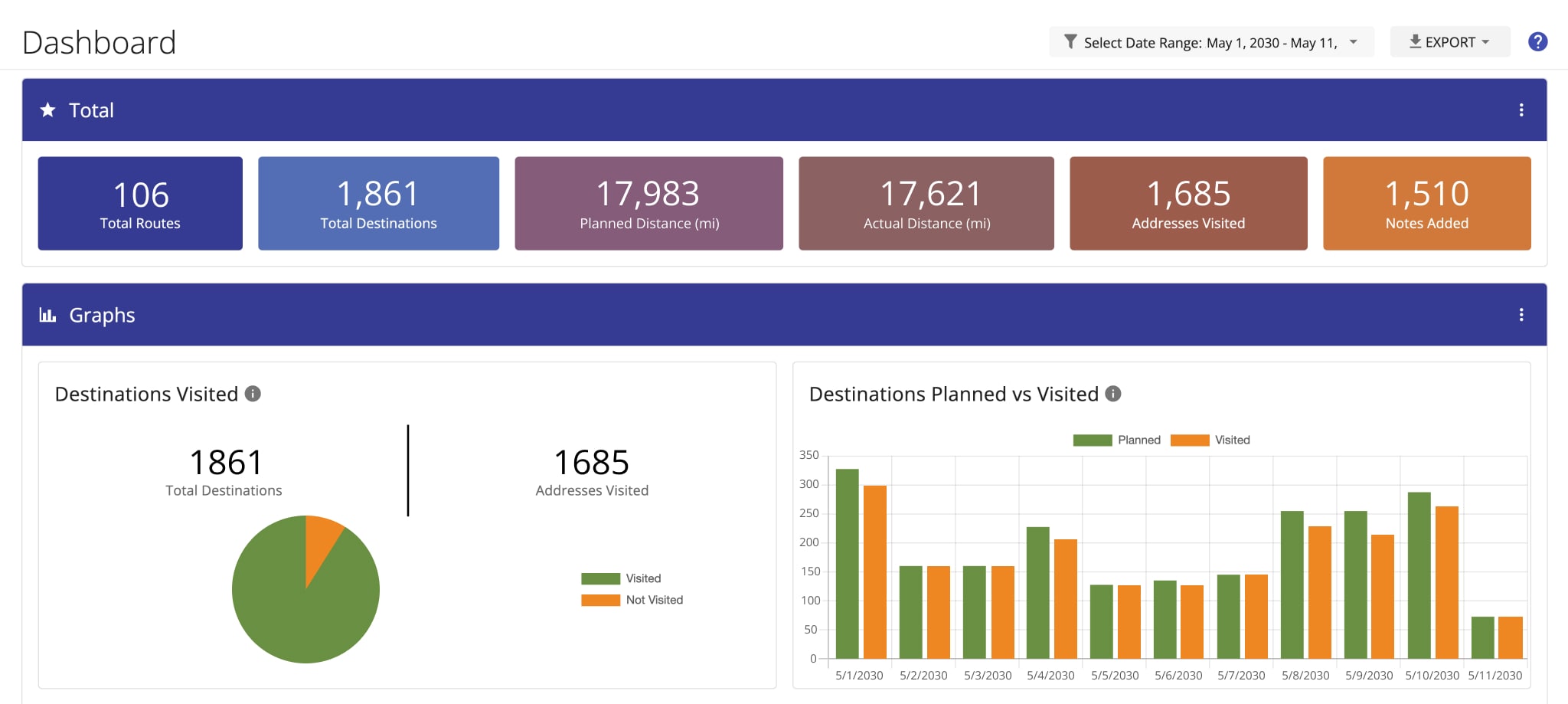How To Cut Delivery Costs With A Multi-Stop Route Planner
With last mile delivery demand continuing to rise in 2025, delivery and courier businesses must find smarter ways to control expenses without sacrificing service quality. A multi-stop route planner can help you reduce delivery costs by optimizing routes, balancing workloads, and minimizing unnecessary mileage. From tracking drivers to scheduling deliveries and analyzing performance data, each step contributes to greater efficiency and cost savings. In this guide, you’ll learn how to cut delivery costs using a route planning tool designed for high-volume, time-sensitive operations.
Table of Contents
1. Choose Best Route Planner For Your Business Needs And Budget
Select a route planner that fits your business size, budget, and operations. Consider cheap route planner with a get started so you can test features before committing. Ensure it integrates with your existing systems like telematics, CRM, or eCommerce platforms. A compatible route planner helps you cut delivery costs by improving efficiency without extra routing software overhead.
2. Optimize Your Multi-Stop Routes To Cut Delivery Costs
Maximize fleet and driver efficiency by planning optimized multi-stop routes. The Route4Me route planner for delivery drivers allows unlimited addresses and supports business rules like:
- Delivery time windows and customer availability
- Traffic slowdown predictions
- Vehicle capacity or cubic volume limits
Optimized routes reduce mileage, fuel consumption, and unnecessary driving, directly helping you cut delivery costs.
3. Evenly Distribute Workload Among Delivery Drivers
Split delivery addresses evenly among drivers to avoid overburdening anyone. Balanced delivery workloads ensure that all drivers complete routes efficiently, reduce overtime, and minimize idle time, further helping your business cut delivery costs.
4. Avoid Left Turns And U-Turns
Left turns and U-turns are costly and risky. They account for 60% of intersection accidents and increase fuel consumption. Avoiding them saves time, reduces accident risk, and lowers delivery costs. Following UPS’s example, plan routes to avoid left-turns whenever possible.
5. Track Delivery Drivers
Monitoring drivers in real time prevents route detours, excessive idling, and unauthorized stops. GPS tracking lets you spot inefficiencies, improve accountability, and reduce wasted fuel—key ways to cut delivery costs.
6. Schedule Recurring Deliveries In Advance
Plan recurring routes for deliveries, subscription orders, and maintenance routes ahead of time. Scheduling in advance ensures you allocate resources efficiently, avoid last-minute overtime, and prepare for peak periods like holidays. Proactive scheduling supports your goal to cut delivery costs year-round.
7. Collect, Assess, And Analyze Routing Data And Logistics KPIs
Use your multiple stops route planner to gather data on routes, stops, mileage, and driver performance. Compare planned vs. actual results to identify inefficiencies. For example:
- Did drivers complete assigned stops?
- How many miles did each vehicle travel?
- Were time windows and customer availability met?
Analyzing reporting and analytics data helps refine future routes and maintain cost control, making it easier to cut delivery costs systematically.
8. Reduce The Need For Overtime To Help Cut Delivery Costs
Optimized routes and balanced workloads minimize overtime. Following turn-by-turn directions on GPS-enabled Android or iOS route planners ensures drivers stay on schedule. Reducing overtime decreases payroll expenses and improves driver satisfaction.
Last Updated:
